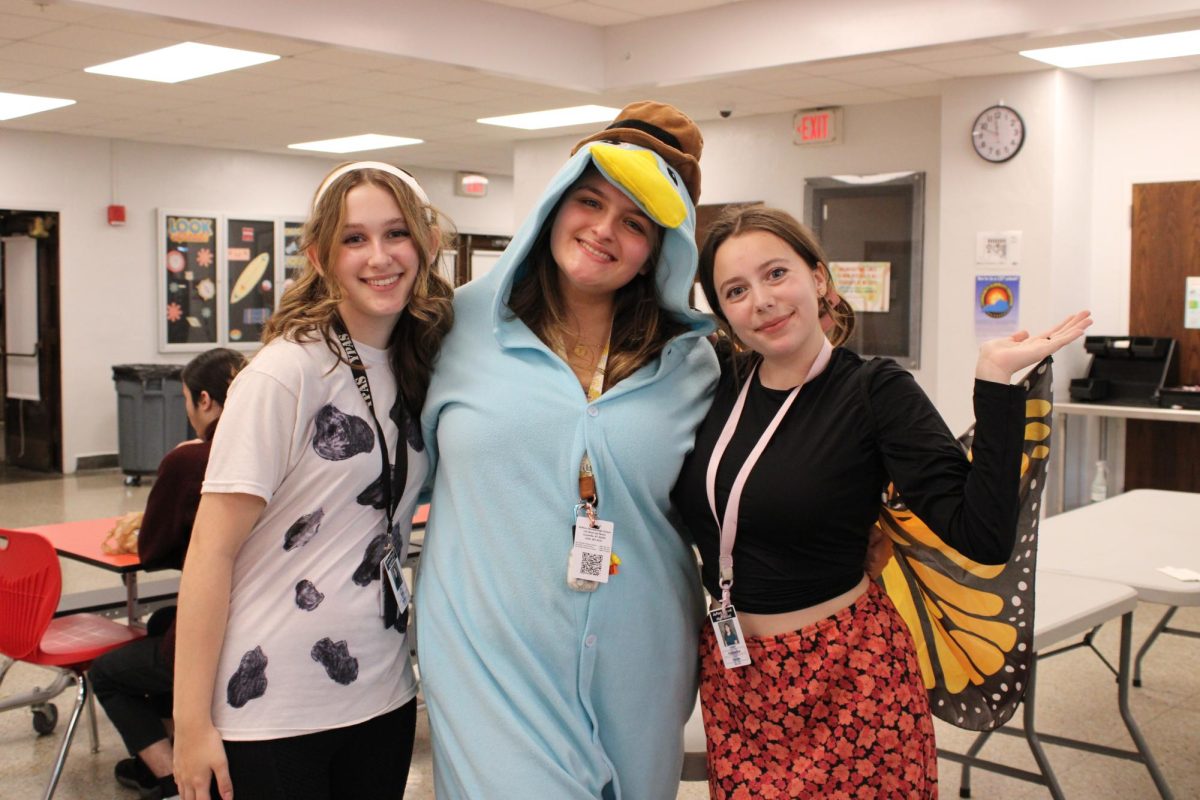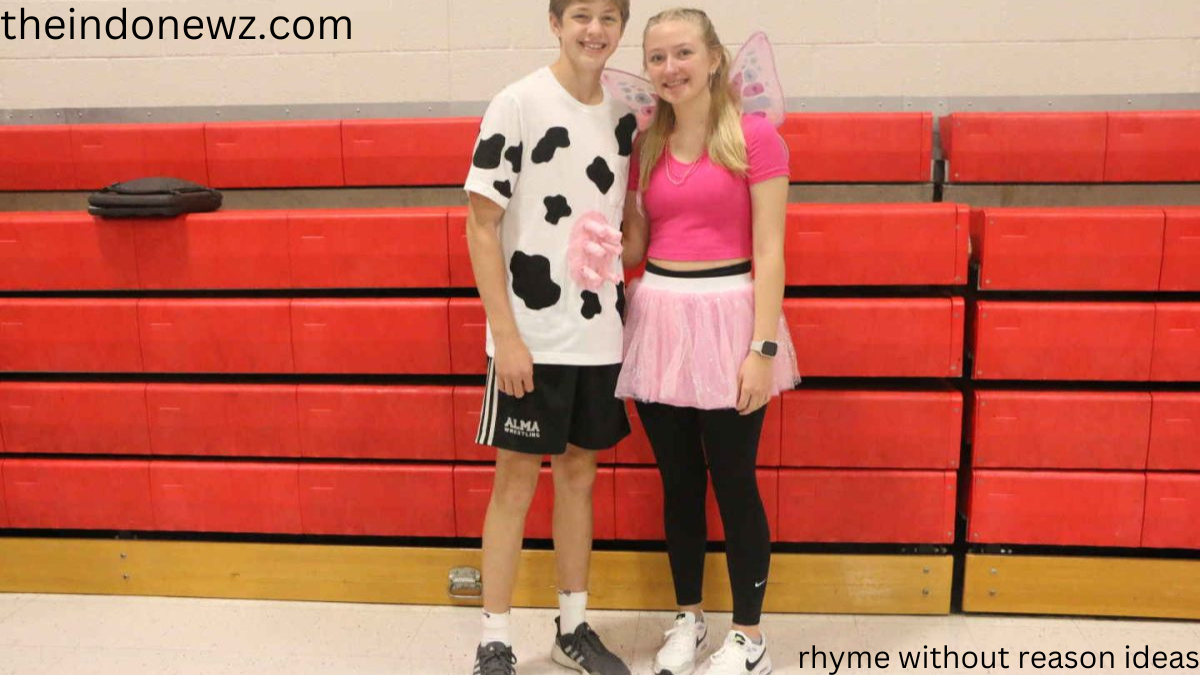Rhyme has been a staple of poetry and songwriting for centuries, but when you venture into the world of “rhyme without reason ideas,” you enter a realm where traditional rules are cast aside. This concept involves crafting rhymes that, while perhaps whimsical or nonsensical, have their unique charm and can yield surprising insights into creativity. In this comprehensive exploration, we’ll dive into the concept of rhyme without reason, its applications, and the way it can spark innovation in your writing and creative processes.
Understanding Rhyme Without Reason: A Definition
The Concept of rhyme without reason ideas
At its core, “rhyme without reason ideas” refers to the practice of creating rhyming patterns that don’t necessarily adhere to conventional logical or thematic structures. Traditional rhyme schemes often follow a specific pattern or are used to enhance the meaning of a piece. However, when rhyme is employed without a particular reason, it often results in unexpected juxtapositions and playful language.
This form of rhyme can be seen in various creative expressions where the primary goal is to entertain or provoke thought through its absurdity. By setting aside the usual constraints of meaning and coherence, creators are free to explore language in a more liberated and spontaneous way. This can lead to some delightfully quirky and memorable results, offering a fresh perspective on how rhyme can be used.
The Appeal of Nonsense and Absurdity

The appeal of rhyme without reason ideas lies in its ability to break free from the constraints of logical thought and embrace the absurd. This approach often results in a playful and imaginative form of writing where the joy comes from the sheer unpredictability and creativity of the language used. Such rhymes may not always make conventional sense, but they can evoke a sense of whimsy and fun that resonates with audiences.
Nonsense verse, a related concept, has a rich history in literature, with poets like Lewis Carroll and Edward Lear popularizing this playful approach to rhyme. Their work exemplifies how rhyme without reason ideas can be both entertaining and thought-provoking, challenging readers to engage with language in new and unconventional ways.
The Role of rhyme without reason ideas in Creative Expression
rhyme without reason ideas serves as a powerful tool for creative expression, allowing writers and artists to explore language beyond its usual boundaries. By focusing on the sound and rhythm of words rather than their meaning, creators can produce works that are both engaging and imaginative. This approach can lead to discoveries about language and can inspire other forms of artistic expression.
In addition, this type of rhyme can be a useful exercise for overcoming writer’s block or for generating new ideas. By embracing the randomness and unpredictability of rhyme without reason ideas, creators can free themselves from the constraints of conventional thinking and tap into a more spontaneous and innovative creative process.
Techniques for Craftingrhyme without reason ideas
Embracing Wordplay and Puns
One of the most effective techniques for crafting rhyme without reason ideas is to play with wordplay and puns. By focusing on the sounds and multiple meanings of words, you can create rhymes that are amusing and unexpected. For example, a rhyme that pairs “fish” with “dish” might seem straightforward, but when you add a pun like “a fish on a dish with a wish,” it introduces an element of whimsy and surprise.
Wordplay can also involve creating nonsensical combinations of words that sound intriguing together. For instance, rhyming “flibber” with “dibber” might not make logical sense, but the playful sound of the words can be engaging and memorable. This approach allows you to experiment with language and explore its sonic possibilities.
Playing with Rhythmic Patterns
Another technique for creating rhyme without reason ideas is to experiment with different rhythmic patterns and structures. Traditional rhymes often follow predictable patterns, such as AABB or ABAB. By deviating from these patterns and creating irregular or unconventional rhythms, you can produce rhymes that are both surprising and engaging.
For example, you might craft a rhyme where the lines follow an irregular meter, creating a sense of unpredictability. This can involve mixing short and long lines or using unconventional stress patterns to enhance the playful nature of the rhyme. By focusing on rhythm and sound rather than meaning, you can create a unique and memorable poetic effect.
Incorporating Surreal Imagery
Surreal imagery is another powerful tool for crafting rhyme without reason ideas. By combining unexpected images and ideas, you can create rhymes that are both intriguing and whimsical. For example, a rhyme that pairs “moonlit giraffe” with “space-bound scarf” might evoke a sense of playful absurdity, inviting readers to imagine fantastical scenarios.
Surreal imagery allows you to explore the boundaries of creativity and challenge conventional notions of coherence and logic. By combining disparate elements and creating imaginative scenarios, you can produce rhymes that captivate the imagination and offer a fresh perspective on language and creativity.
Applications of rhyme without reason ideas in Various Genres
In Children’s Literature
rhyme without reason ideas has a long tradition in children’s literature, where it is often used to create playful and engaging stories. Authors like Dr. Seuss and Shel Silverstein have mastered the art of crafting whimsical rhymes that delight young readers and spark their imagination. These rhymes often use nonsensical language and playful rhythms to create a sense of fun and wonder.
In children’s literature, rhyme without reason ideas can be used to enhance the storytelling experience and to create memorable characters and scenarios. By incorporating playful language and imaginative rhymes, authors can capture the attention of young readers and encourage them to engage with the text creatively and enjoyably.
In Songwriting
Songwriters often use rhyme without reason ideas to create catchy and memorable lyrics. By experimenting with unconventional rhymes and playful language, songwriters can produce lyrics that stand out and resonate with listeners. For example, a song might feature a chorus that includes whimsical rhymes like “dancing in the rain with a candy cane,” creating a sense of fun and spontaneity.
In songwriting, rhyme without reason ideas can also be used to evoke specific moods or emotions. By playing with language and rhythm, songwriters can create lyrics that are both entertaining and emotionally impactful. This approach allows for greater creative freedom and can lead to the development of unique and memorable songs.
In Performance Poetry
Performance poetry is another genre where rhyme without reason ideas can be particularly effective. Poets who perform their work often use playful and imaginative language to engage their audience and create a dynamic and memorable performance. By incorporating whimsical rhymes and unconventional rhythms, performance poets can captivate their listeners and enhance the overall impact of their poetry.
In performance poetry, rhyme without reason ideas can also be used to experiment with different vocal styles and techniques. By playing with the sound and rhythm of words, poets can create a unique and engaging performance experience that resonates with their audience and highlights the creativity of their work.
The Benefits of Using rhyme without reason ideas
Enhancing Creativity and Innovation
One of the primary benefits of using rhyme without reason ideas is the enhancement of creativity and innovation. By stepping away from conventional patterns and embracing the unpredictability of nonsensical rhymes, creators can explore new and unconventional ideas. This approach allows for greater experimentation and can lead to the development of unique and original works.
rhyme without reason ideas encourages creators to think outside the box and to challenge traditional notions of coherence and meaning. This freedom can lead to discoveries and insights, ultimately contributing to a more diverse and innovative creative landscape. By embracing the playful and spontaneous nature of rhyme without reason, creators can push the boundaries of their creativity and explore new possibilities.
Overcoming Writer’s Block
Rhyme without reason can also be a valuable tool for overcoming writer’s block. When faced with a creative block, the constraints of traditional rhyme schemes and structures can sometimes be limiting. By focusing on nonsensical rhymes and playful language, writers can break free from these constraints and tap into a more spontaneous and fluid creative process.
Engaging with rhyme without reason can help to stimulate the imagination and to generate new ideas. By embracing the unpredictability and whimsy of nonsensical rhymes, writers can overcome creative obstacles and rediscover their enthusiasm for writing. This approach can catalyze creativity and can help to rejuvenate the writing process.
Fostering Playfulness and Joy
Rhyme without reason fosters a sense of playfulness and joy in the creative process. By focusing on the sound and rhythm of words rather than their meaning, creators can engage in a more lighthearted and enjoyable form of expression. This playful approach can lead to a more enjoyable and satisfying creative experience.
Incorporating rhyme without reason into your work can also help to create a more engaging and entertaining final product. The whimsical and unpredictable nature of nonsensical rhymes can captivate audiences and provide a sense of fun and enjoyment. This approach allows for greater freedom in creative expression and can contribute to a more dynamic and memorable piece of work.
Examples of Rhyme Without Reason in Popular Culture
Nonsense Verse in Classic Literature
Nonsense verse has a rich history in classic literature, with notable examples from poets like Edward Lear and Lewis Carroll. Lear’s “The Owl and the Pussycat” and Carroll’s “Jabberwocky” are prime examples of how rhyme without reason can be both entertaining and thought-provoking. These works showcase the playful and imaginative potential of nonsensical rhymes and have become enduring classics in the world of literature.
Lear’s poems often feature whimsical characters and surreal scenarios, while Carroll’s work explores the boundaries of language and meaning. Both authors demonstrate the power of rhyme without reason to engage readers and to create a sense of wonder and delight. Their works continue to inspire and captivate audiences with their imaginative and playful use of language.
Unconventional Rhymes in Modern Music
In modern music, rhyme without reason can be seen in various genres and styles. Artists like They Might Be
YOU MAY ALSO READ


